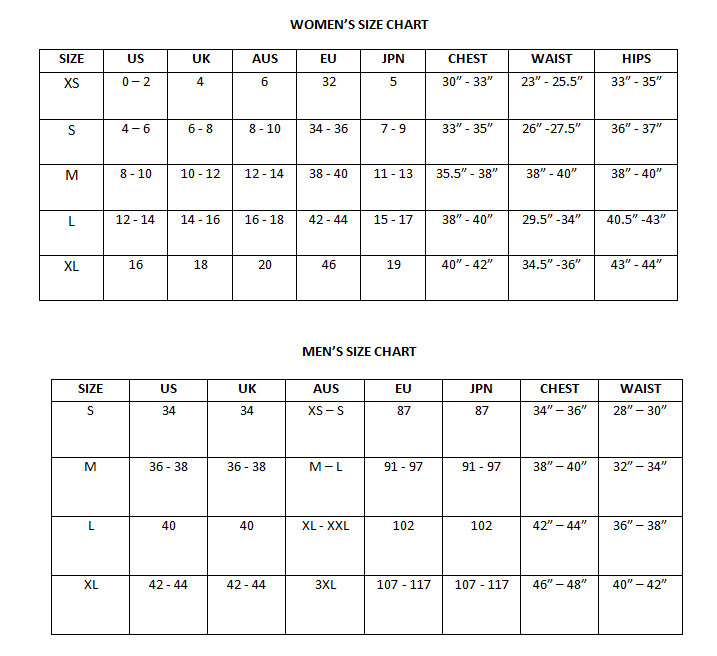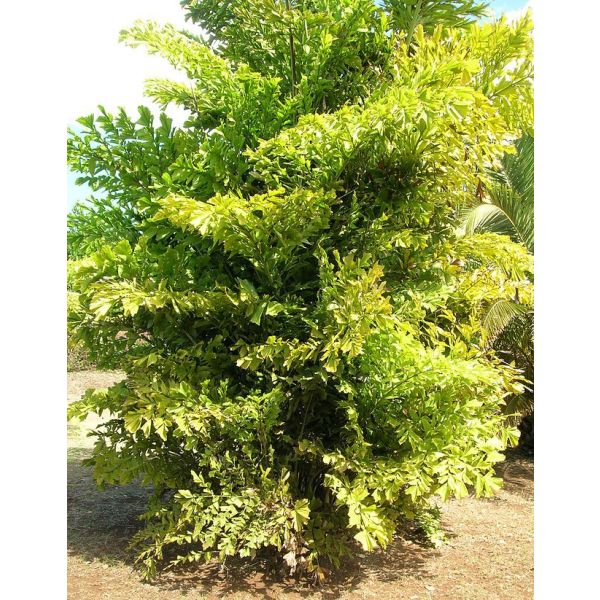Caryota Mitis Seeds (Clustered Fishtail Palm Seeds)
Caryota Mitis Seeds (Clustered Fishtail Palm Seeds)
Tropical palm with fishtail-shaped leaves, perfect for lush privacy screens or as an exotic indoor plant.

Delivery
All orders shipped with UPS Express.
Always free shipping for orders over US $250.
All orders are shipped with a UPS tracking number.
Returns
Items returned within 14 days of their original shipment date in same as new condition will be eligible for a full refund or store credit.
Refunds will be charged back to the original form of payment used for purchase.
Customer is responsible for shipping charges when making returns and shipping/handling fees of original purchase is non-refundable.
All sale items are final purchases.
Help
Give us a shout if you have any other questions and/or concerns.
Email: contact@domain.com
Phone: +1 (23) 456 789
Availability: Out of stock
SKU
Caryota Mitis
Caryota mitis, commonly known as the Fish Tail Palm, is a striking tropical palm native to Southeast Asia. This palm is admired for its unique, fish-tail-shaped fronds, which give it a distinctive and elegant appearance, making it a popular ornamental plant in tropical and subtropical gardens.
This medium-sized palm typically grows to a height of 6 to 10 meters and has a slender, upright trunk. The most notable feature of Caryota mitis is its feathery, deeply lobed leaves that resemble the tail of a fish, adding a tropical flair to any landscape. These palms thrive in bright, indirect light, and their unusual fronds make them stand out in both interior and exterior plantings.
Caryota mitis prefers well-drained, moist soil and should be watered regularly to keep the soil evenly moist, particularly during warmer months. It is best suited for humid environments and can be grown in containers or planted directly in the ground in tropical and subtropical climates. It can tolerate a range of light conditions but performs best in partial to full shade.
In addition to its ornamental value, the Fish Tail Palm is relatively low-maintenance and can be a great addition to gardens, patios, or as a houseplant. It does not require pruning except to remove dead fronds, and it can tolerate some neglect once established.
With its exotic appearance and graceful, flowing foliage, Caryota mitis is a beautiful addition to any garden or indoor space that needs a tropical touch.
| Common name | Clustered Fishtail Palm |
|---|---|
| Species | Caryota mitis |
| Germination | First, you can scarify the seeds. Soak seeds in water for 2 days. Use a mix of humus, garden soil and manure. Plant seeds at 1 inch of depth. In winter, keep the soil humid. In summer, keep the soil damp. Give your plant a monthly fertilizing treatment. Germination time is usually pretty short. Your seeds should germinate in 1-3 months, but it could be more. Don?t get discouraged. |
| Scarification / Stratification | Seed coats may be so hard that they are impermeable to water. They need to be scratched or broken using a knife or sandpaper, in order to germinate. Chip the seeds with a sharp knife or make a few swipes with a sharp edged file or use sandpaper to allow moisture being more readily absorbed. |
| Price View | Price Range |

